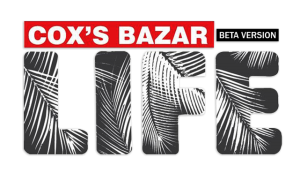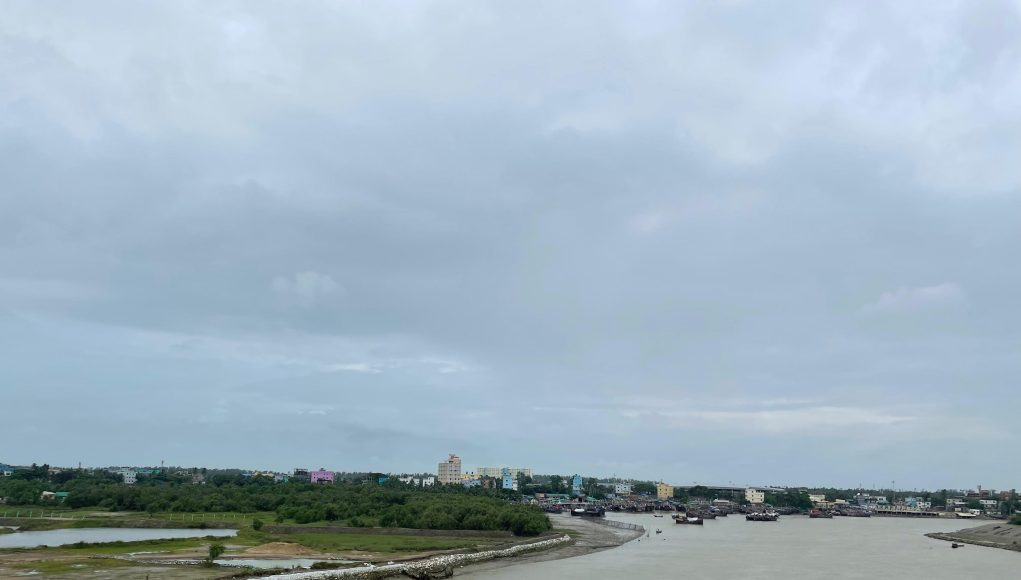The Bakkhali River is often referred to as the lifeline of Cox’s Bazar. This once-mighty river is not just a waterway; it is a silent witness to a thousand years of history, culture, and the livelihoods of its people. Originating from the hilly streams of southeastern Mizoram in India, the river flows through Naikhongchhari in Bandarban and Ramu, carving through the heart of Cox’s Bazar town before meeting the Bay of Bengal. It stretches around 67 kilometers in length, but its historical depth runs far deeper.
A Historical River That Carried the Currents of Civilization
Settlements have flourished along the banks of the Bakkhali for centuries. In the late 18th century, after Burma (now Myanmar) annexed Arakan, thousands of refugees took shelter along the riverbanks in Ramu and Cox’s Bazar. Captain Hiram Cox helped rehabilitate them, and the town was named in his honor in remembrance of his efforts.
Arab traders, Portuguese explorers, sea pirates, and British colonial rulers all arrived via this river. During World War II, British and American allied forces built wooden jetties along Bakkhali to transport wartime supplies. In 1971, during Bangladesh’s Liberation War, Indian troops disembarked from the aircraft carrier INS Vikrant and entered Cox’s Bazar through this very river.
A Natural Haven for Biodiversity
Bakkhali is not only historically significant but also a treasure trove of natural resources. From May to September, monsoon swells flood the lower reaches of the river. It hosts Bangladesh’s first rubber dam, enabling increased agricultural production during the dry season. Vast quantities of vegetables are grown along its banks in winter, contributing significantly to Cox’s Bazar’s agriculture and economy.
Researchers have identified 35 species of fish and 10 species of shrimp in the river. Many of the 400 marine species in the Bay of Bengal spawn at the mouth of the Bakkhali. The riverbanks are also home to the traditional Buddhist “Ship Floating” festival, while boat races have long been a cherished cultural event for local communities.
The Decline: Encroachment, Pollution, and a Looming Death
Amid its historical and ecological richness lies a harsh reality—Bakkhali is dying. Unchecked waste dumping from the city and rampant encroachment have silted up the riverbed. What was once the bustling commercial hub of Kasturaghat is now a dense residential area. Over 1,000 illegal structures have replaced mangrove forests along its banks.
In compliance with a High Court order, the district administration cleared over 300 acres of encroached mangrove land on February 28 and March 1, 2023. However, within weeks, makeshift tin-roof houses, shops, and illegal ponds reappeared. At Kasturaghat, areas where mangroves once grew two decades ago have been transformed into rental homes for floating populations, complete with all the urban amenities.
Saving Bakkhali: The Time Is Now
Environmentalists, residents, researchers, and concerned citizens all agree that time is running out. To save Bakkhali, effective and lasting measures are essential. Beyond eviction drives, the river needs sustained monitoring, public awareness campaigns, and alternative rehabilitation plans for displaced people.
“There is no alternative to removing illegal encroachments and restoring the river’s natural balance if we want to save Bakkhali,” Karim Ullah Kalim, general secretary of Bangladesh Poribesh Andolon (BAPA), Cox’s Bazar chapter, told Cox’s Bazar Life.
A river is more than a flow of water; it carries history, culture, livelihoods, and ecological balance within its currents. Bakkhali was, and can still be, the lifeline of Cox’s Bazar. But if this river dies, it will take with it centuries of history, agricultural and economic vitality, biodiversity, and environmental stability.
The time to act is now. Otherwise, history will bear witness to the death of a living river.
By Abdur Rashid Manik
Photo: Abdur Rasshid Manik










